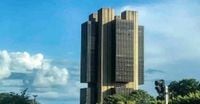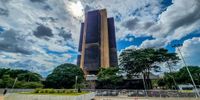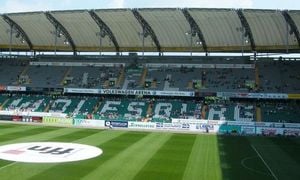On May 7, 2025, Brazil's Central Bank's Monetary Policy Committee (Copom) made a significant decision to raise the Selic rate by 0.5 percentage points, bringing it to 14.75% per year. This marks the sixth consecutive increase in interest rates, a move that was widely anticipated by financial markets. The new rate is the highest it has been since August 2006, when it also stood at 14.75%.
The Copom's decision reflects ongoing concerns about inflation, particularly driven by rising food and energy prices, as well as uncertainties surrounding the global economy. In its statement, the committee indicated that the current economic environment is marked by high uncertainty, necessitating caution in future monetary policy decisions.
According to the National Consumer Price Index Amplo-15 (IPCA-15), inflation was recorded at 0.43% in April 2025, with an annual accumulation of 5.49%, exceeding the upper limit of the continuous inflation target set by the National Monetary Council. The full IPCA numbers for April are expected to be released on May 9, 2025.
The Central Bank has established an inflation target of 3%, with a tolerance range of 1.5 percentage points above or below, meaning the maximum allowable inflation is 4.5%. This new continuous target system, implemented in January 2025, adjusts the inflation target monthly based on the accumulated inflation over the past 12 months.
In its latest Inflation Report published in late March, the Central Bank raised its inflation forecast for 2025 to 5.1%. However, the market remains more pessimistic, with the Focus bulletin indicating that inflation could close the year at 5.53%, significantly above the target ceiling.
The Copom's statement emphasized the need for additional caution in monetary policy, particularly given the advanced stage of the current adjustment cycle and the yet-to-be-seen impacts of previous rate increases. The committee noted, "The scenario of high uncertainty, combined with the advanced stage of the adjustment cycle and its accumulated impacts still to be observed, demands additional caution in the monetary policy's actions and flexibility to incorporate data that affects inflation dynamics."
Higher interest rates are intended to control inflation by making credit more expensive, which in turn can dampen consumption and production. However, these elevated rates also pose challenges for economic growth. The Central Bank has lowered its growth projection for the economy in 2025 to 1.9%, while the market anticipates a slightly higher growth of 2% for the same period.
The Selic rate is a critical tool for the Central Bank in managing inflation. As the basic interest rate, it influences other interest rates across the economy, affecting everything from loans to savings. The recent increases in the Selic rate are part of a broader strategy to ensure that inflation converges towards the target set by the Central Bank.
Despite the tightening of monetary policy, Brazil's economy continues to show signs of resilience. However, the Copom recognized that the economic indicators still present a dynamic environment, which complicates the outlook for future monetary policy. The committee's next meeting is scheduled for June 17-18, 2025, where further decisions regarding interest rates will be discussed.
The Copom's decision to raise the Selic is indicative of the ongoing challenges faced by Brazil's economy, particularly in light of external pressures and domestic inflationary trends. As the global economy experiences fluctuations, Brazil's policymakers remain vigilant, balancing the need for economic growth with the imperative of controlling inflation.
In summary, the decision to increase the Selic rate to 14.75% is a clear signal of the Central Bank's commitment to managing inflation in a challenging economic environment. As Brazil navigates these complexities, all eyes will be on the upcoming meetings and the potential for further adjustments to monetary policy.






